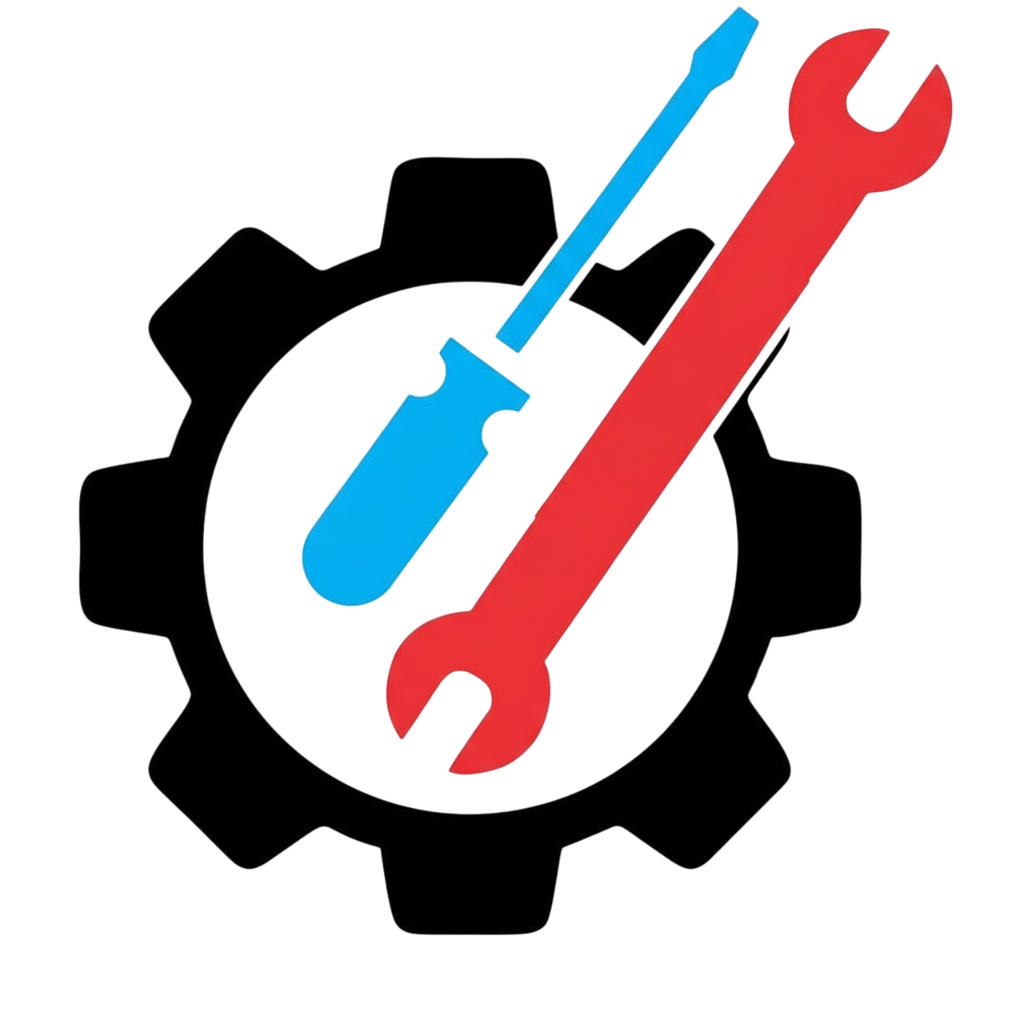Welding Parameter Calculator
An essential tool for professional welders and students. Get recommended starting parameters for Amperage, Voltage, and Gas Flow for various welding processes, materials, and thicknesses.
No parameters found for the selected combination. Please check your inputs.
Why Are Welding Parameters So Important?
Achieving a strong, clean, and structurally sound weld is a science. The right combination of welding parameters is crucial for controlling the weld pool, ensuring proper penetration, and preventing defects. Incorrect settings can lead to weak joints, cracks, porosity, or excessive spatter, all of which can compromise the integrity of the final product. For professionals working on critical infrastructure like pipelines, pressure vessels, or structural steel, getting the parameters right is a matter of safety and quality assurance.
Understanding the Key Parameters
- Amperage (Current): This controls the amount of heat generated at the arc. Higher amperage means more heat, which leads to deeper penetration but also a faster travel speed. It's the primary variable for controlling the size and penetration of the weld.
- Voltage (Arc Length): In processes like GMAW (MIG), voltage controls the arc length. A higher voltage creates a wider, flatter weld bead, while lower voltage results in a narrower, more "ropey" bead.
- Shielding Gas Flow: In GTAW (TIG) and GMAW (MIG) welding, an inert or active gas is used to protect the molten weld pool from atmospheric contaminants like oxygen and nitrogen. The flow rate, measured in Liters per Minute (L/min), must be sufficient to provide coverage without being so high that it causes turbulence.
This calculator provides a reliable starting point based on industry best practices, helping students at Ashtar TTC and professionals in the field to set up their equipment efficiently and reduce trial and error.
